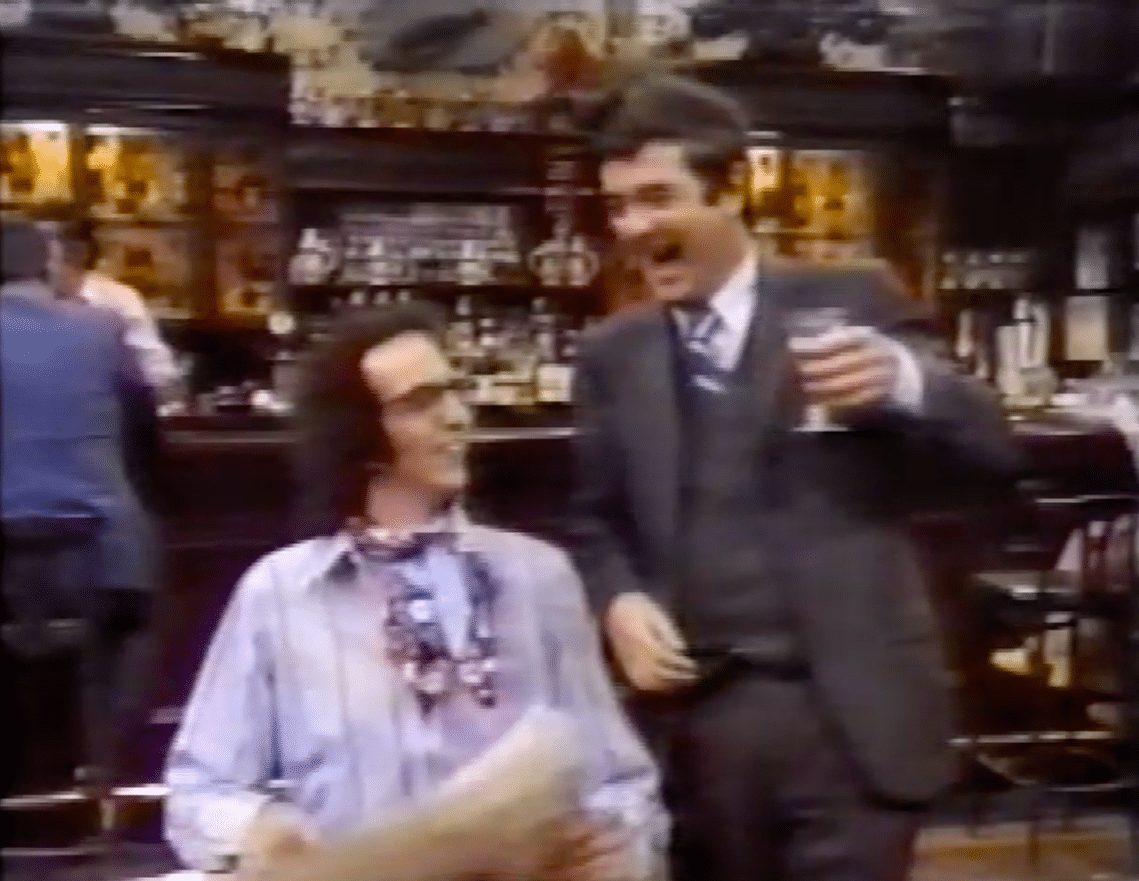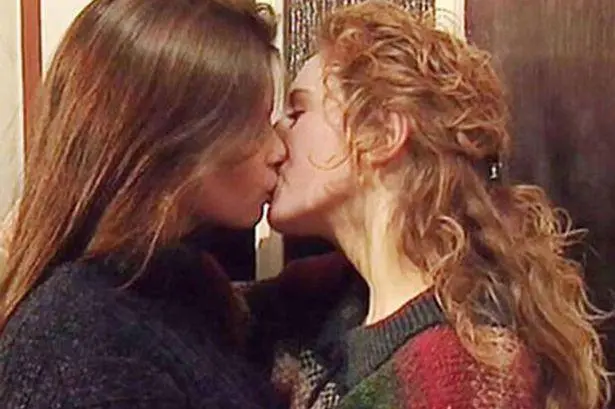While representation of gay characters in TV series has come a long way in the last couple of decades, it has been a painfully slow process to get to this point.
This year, GLAAD’s “Where We Are On TV” report found that of 773 series regular characters scheduled to appear on broadcast scripted primetime television in the US this season, 9.1 percent are LGBT+. However, with 20 percent of Americans aged 18 to 34 identifying as LGBT+, there is still a long way to go.
But for most of TV history, LGBT+ characters have been totally absent, or have appeared fleetingly as the butt of a joke or as a victim of violence.
When did the first gay character appear on TV?
In 1971, the year after the first-ever Pride parade in the US and when homosexuality was still considered a disorder, All in the Family became the first American sitcom to show a gay character on TV, in only its fifth episode.
The episode subverted gay stereotypes, as Archie Bunker mocks a man who he considers effeminate, but turns out to be straight. It is later revealed that his macho, football-loving drinking buddy Steve is actually gay.

A year later, in 1972, US sitcom The Corner Bar included the first-ever gay series regular on American TV. While the ABC show stuck around for just 16 episodes, it made history with the character of Peter Panama, played by Vincent Schiavelli.
Rich Wandel, then-president of the Gay Activists Alliance, called Peter “the worst stereotype of a gay person I’ve ever seen”.
While most early gay characters were sidelined, not given their own storylines or love interests, eventually same-sex couples began appearing on TV.
During the same year as The Corner Bar, Australia also saw its first gay series regular – Don Finlayson portrayed Joe Hasham on the serial Number 96 between 1972 and 1977. He had several same-sex relationships, and even lived with his boyfriend Dudley.
In 1975 ABC’s Hot l Baltimore featured the first gay couple on US network television. George and Gordon, played by Lee Bergere and Henry Calvert, were a middle-aged gay couple that appeared on the show, which was so controversial that it was dropped by the network after six months on air.
It wasn’t until 1981 that a TV show with a gay lead character was shown on primetime US television, when NBC’s Love, Sidney aired. However the show’s titular character Sidney Shorr, a single gay man, remains in the closet for every one of the 40 episodes.
The UK trailed behind in its LGBT+ TV representation, and an openly gay character was not shown on TV until 1985, when the Liverpool-based soap Brookside introduced Gordon Collins, played by Nigel Cowley.
In 1989, the first Black lesbian relationship on US TV was broadcast by ABC in the series The Women of Brewster Place.

When was the first same-sex kiss shown on TV?
One of the first same-sex kisses shown on TV anywhere in the world is thought to have been on the Australian soap opera The Box, in 1974.
Vicki Stafford, played by Judy Nunn, is a bisexual reporter who, in the very first episode of the show, shared a same-sex kiss with Felicity, played by Helen Hemingway.
In the UK, Eastenders broadcast the first gay kiss between Colin Russell (Michael Cashman) and his partner Barry Clark (Gary Hailes) in 1989.The first kiss between two women on a UK TV series was aired in 1994. The iconic Brookside lesbian kiss was followed the same year by another same-sex smooch on Byker Grove.
In the US, the first same-sex kiss on network television was between two female lawyers on LA Law in 1991. NBC received multiple complaints and advertisers pulled their ads from the network, however the show ran for eight seasons and won multiple Emmys.
What’s next for LGBT+ representation on TV? It’s hard to say, but things are definitely going in the right direction – even if there is more to be done.
